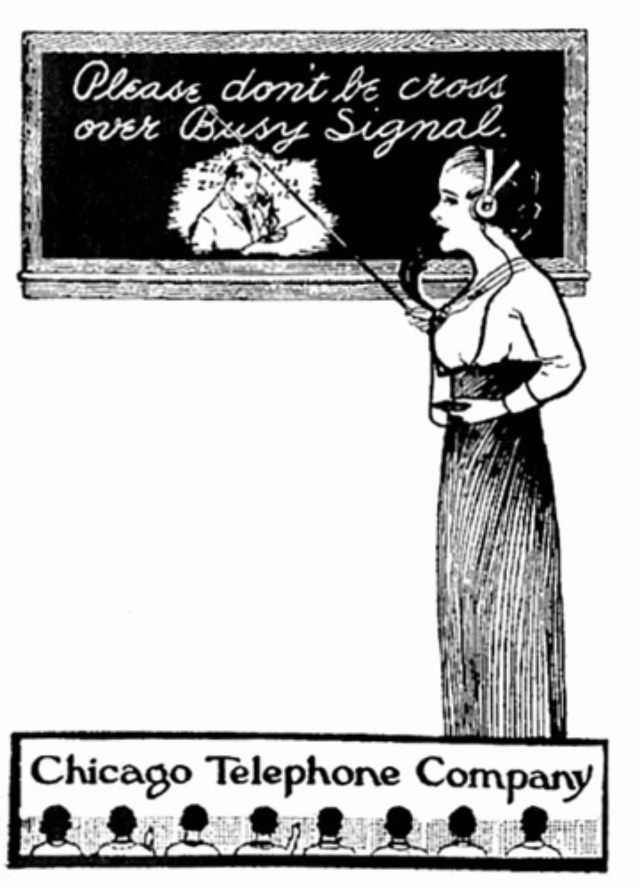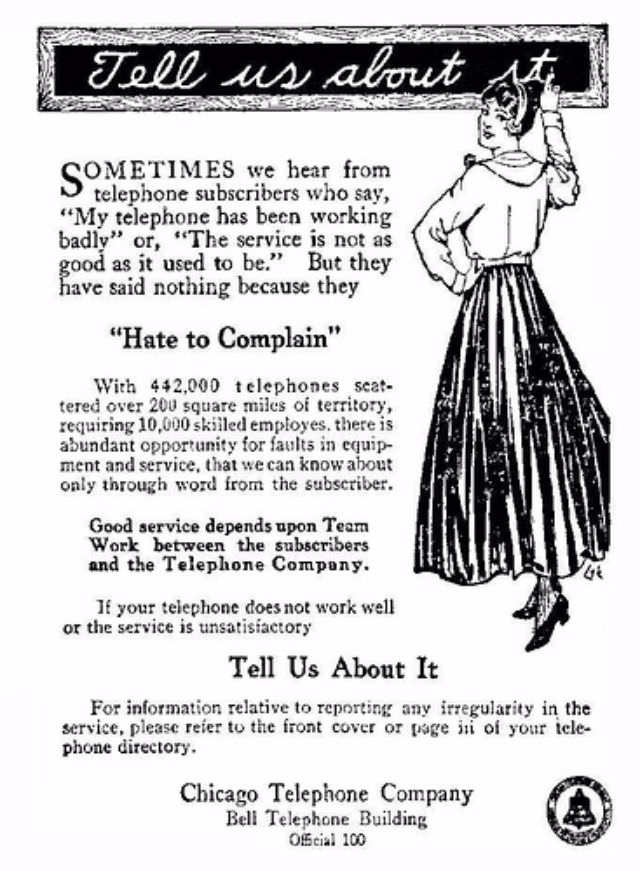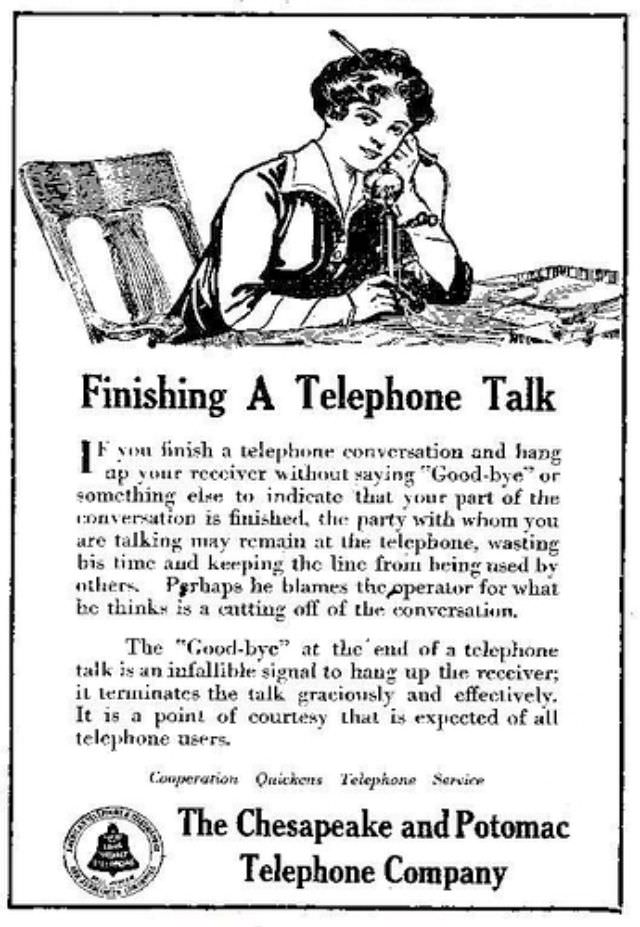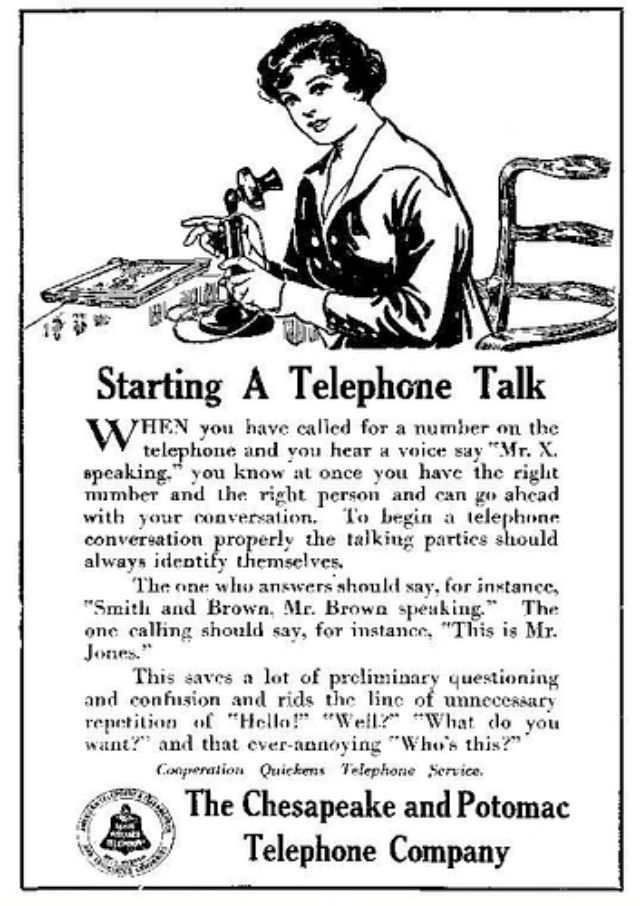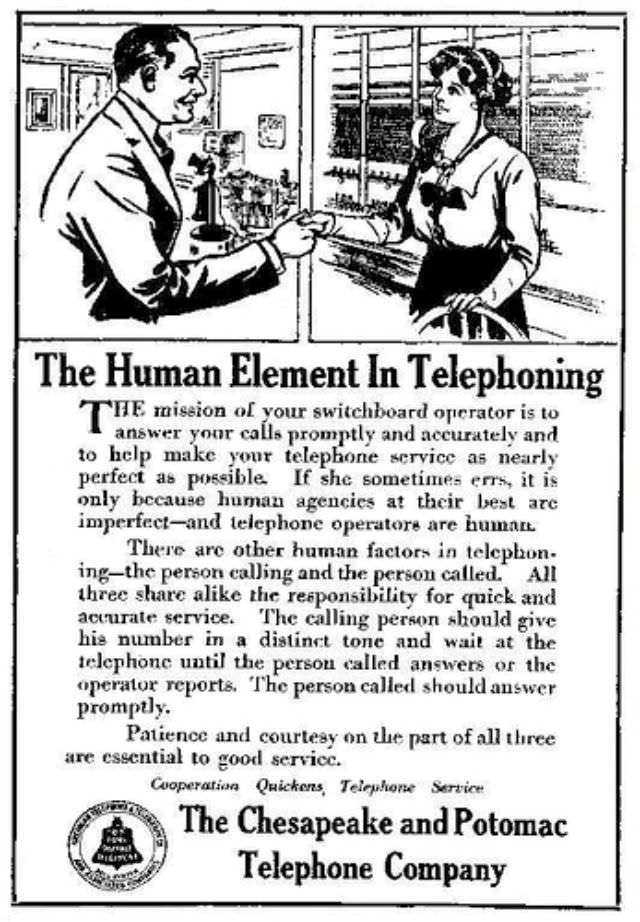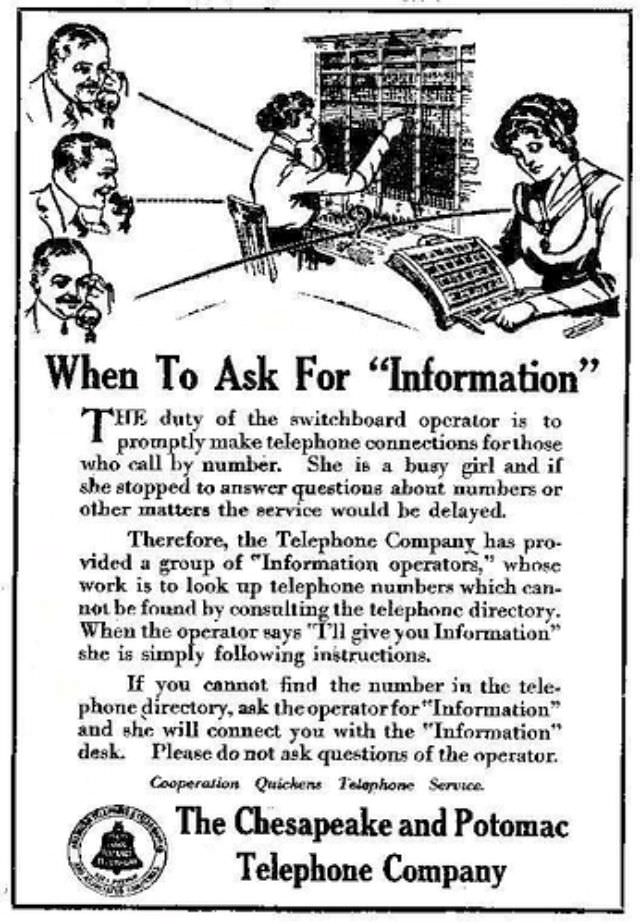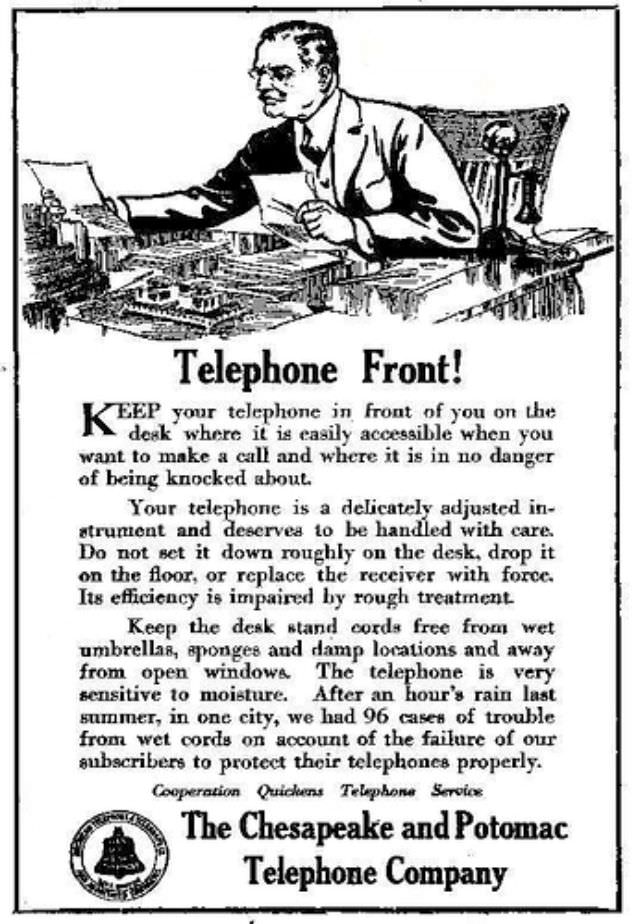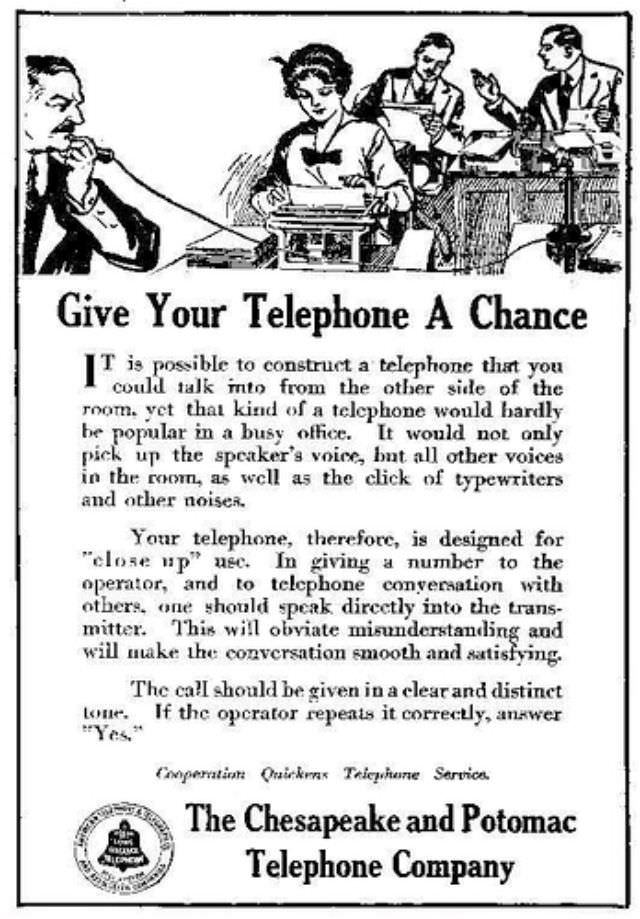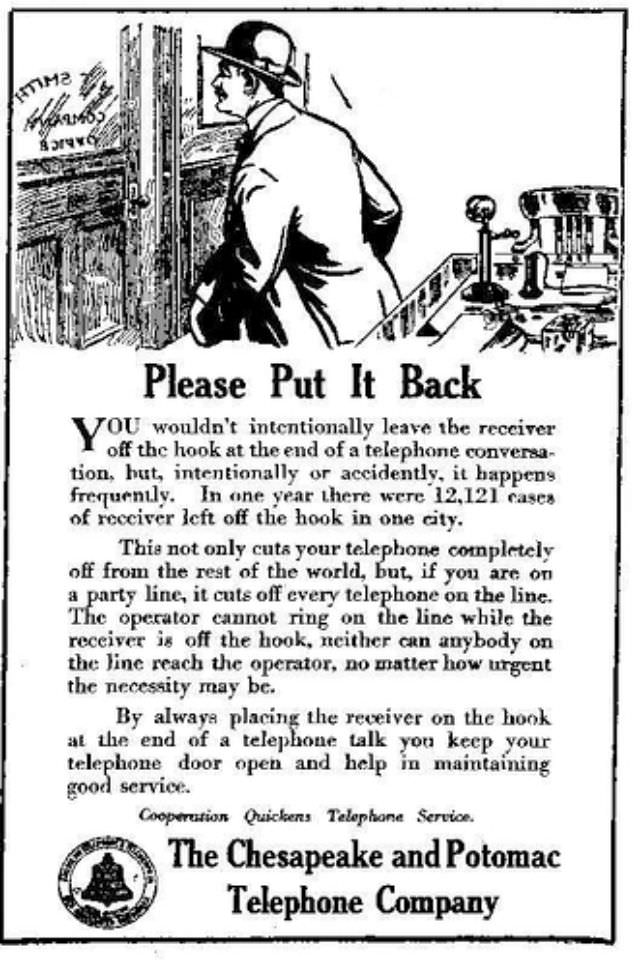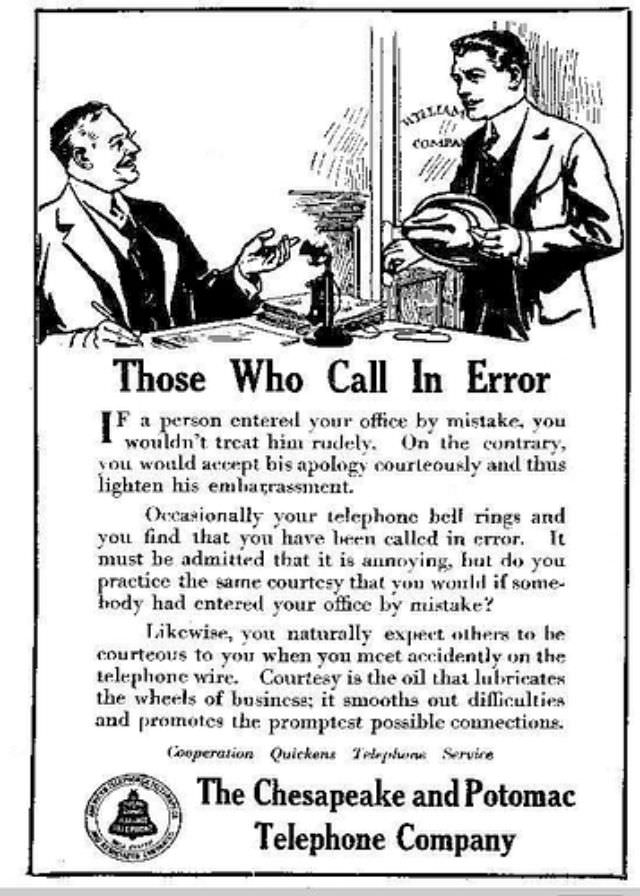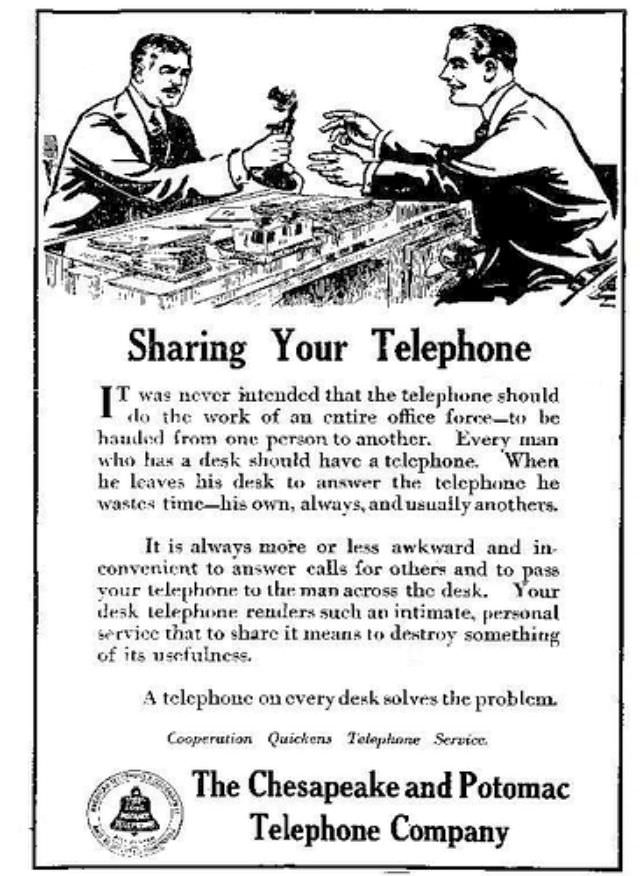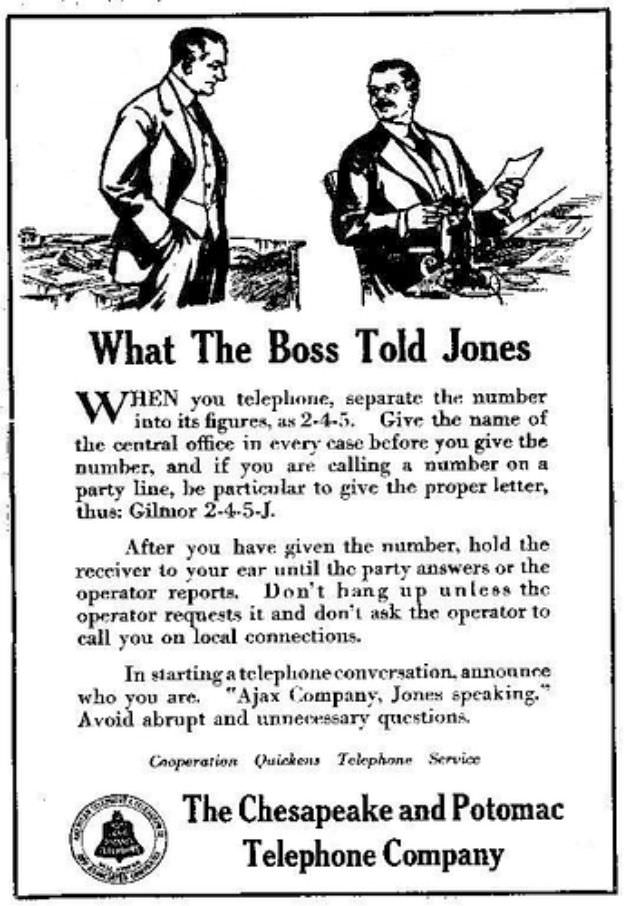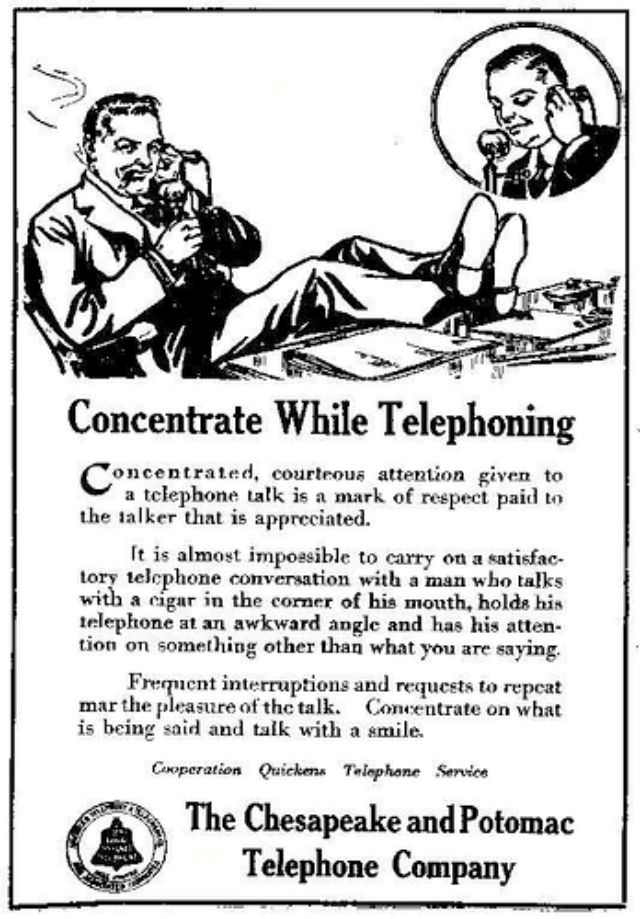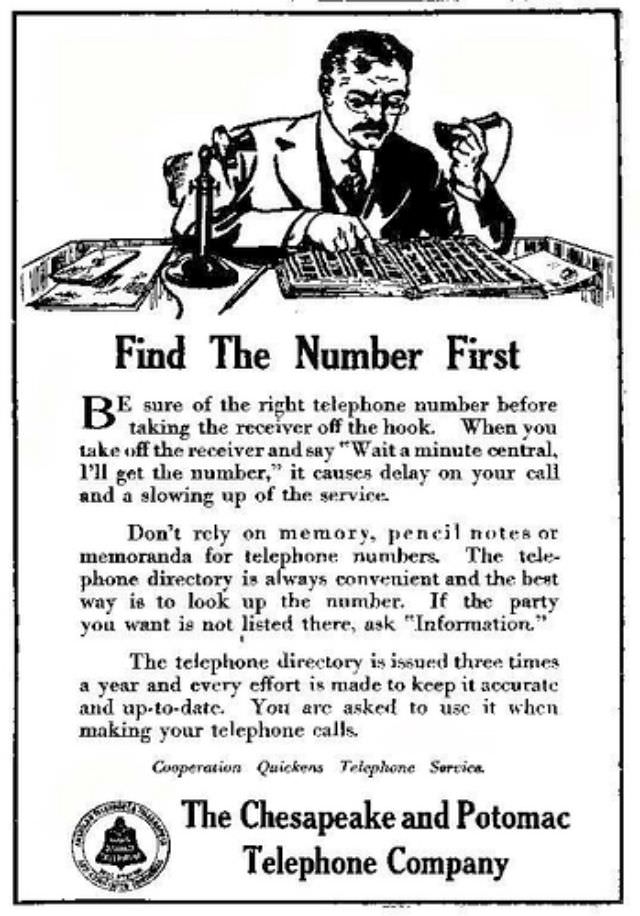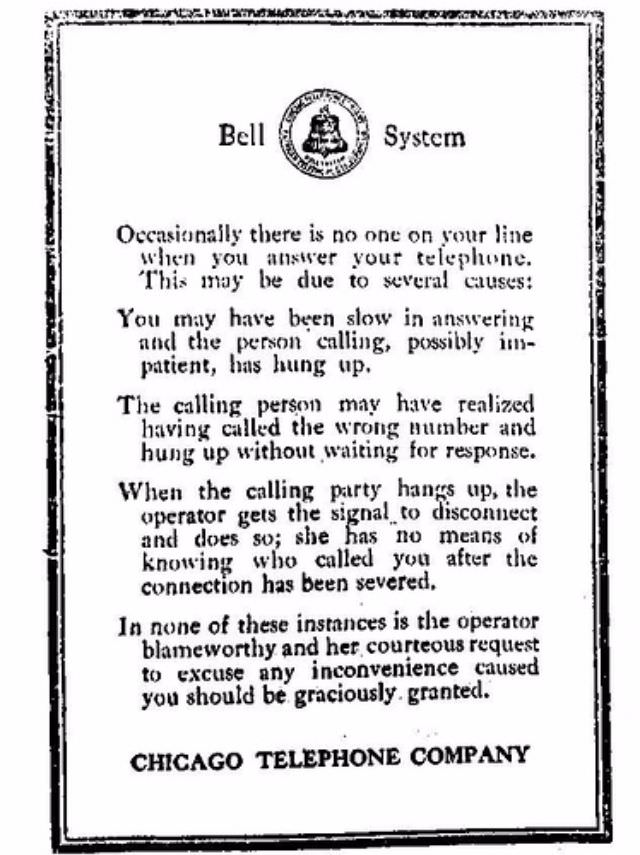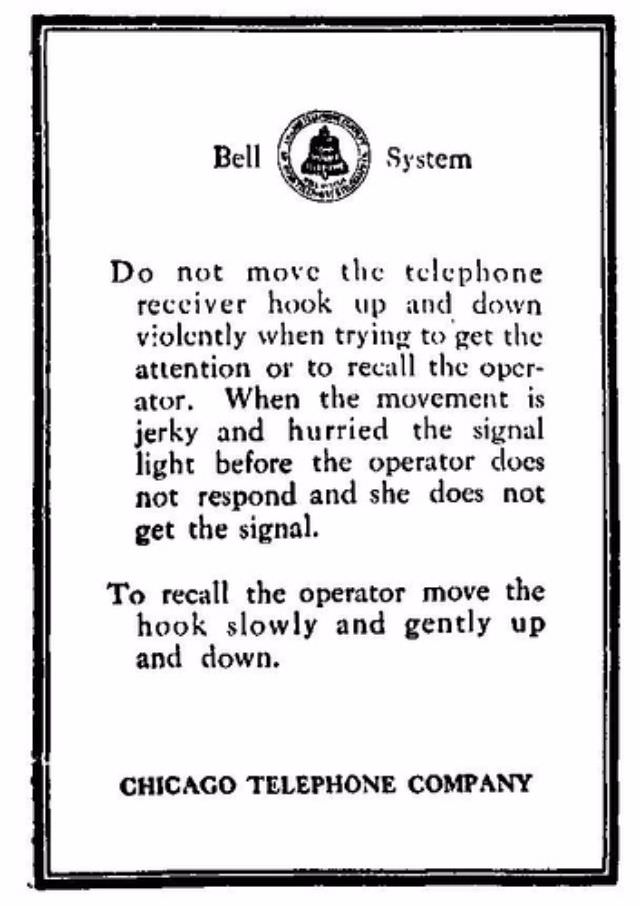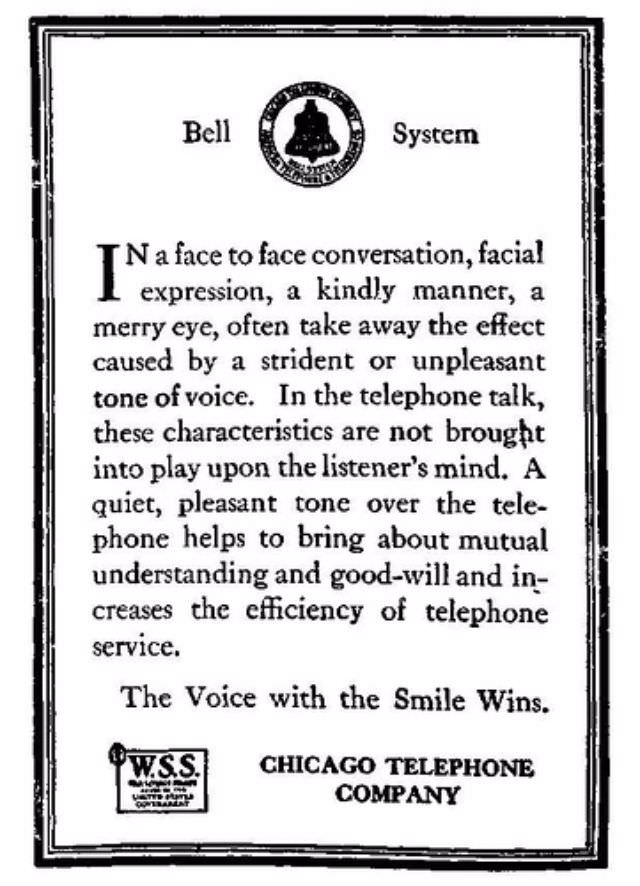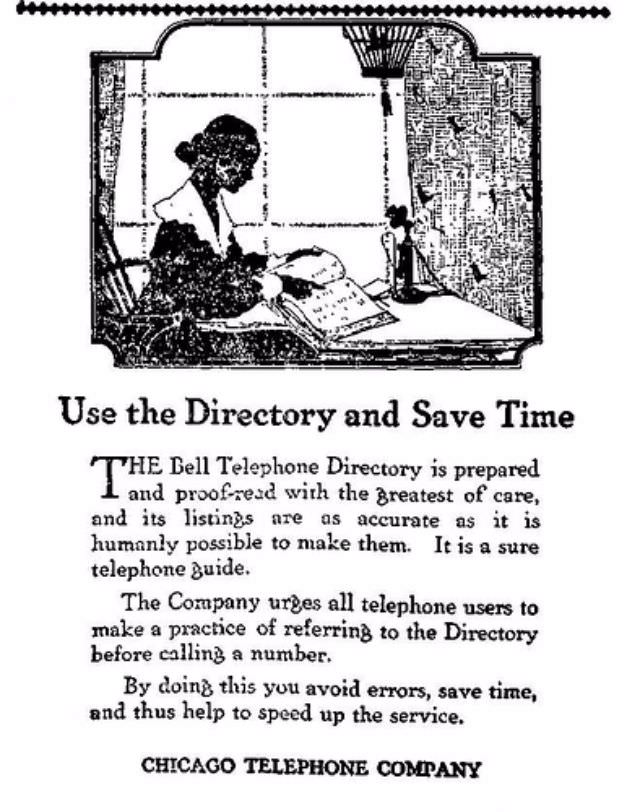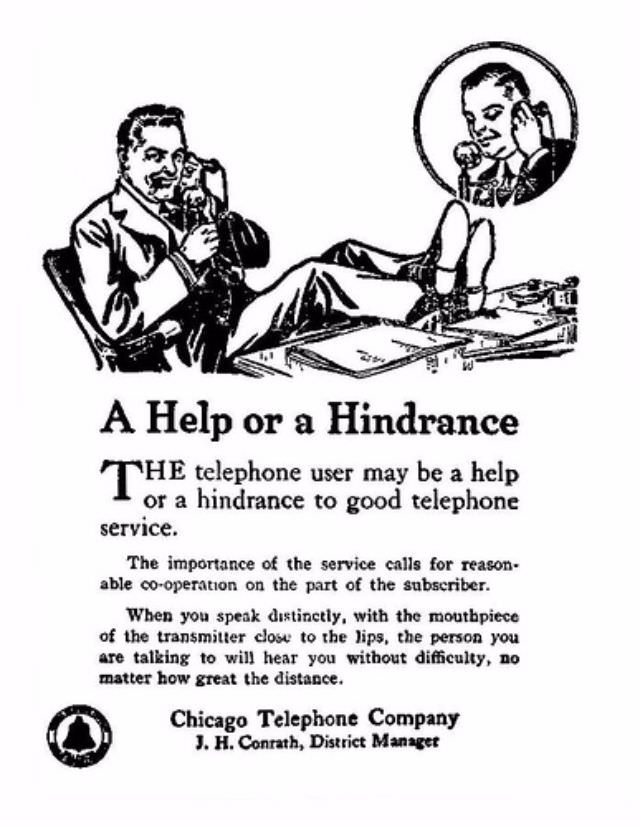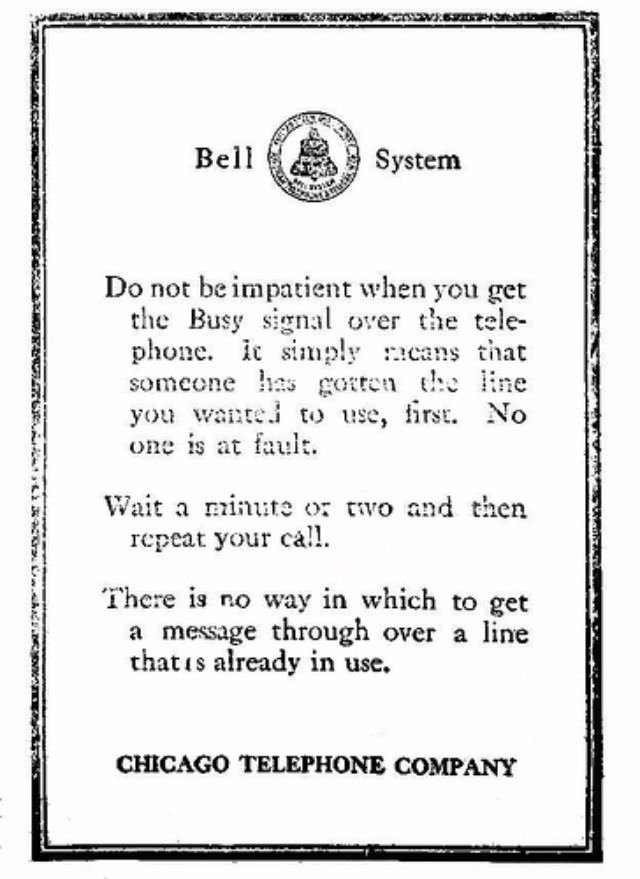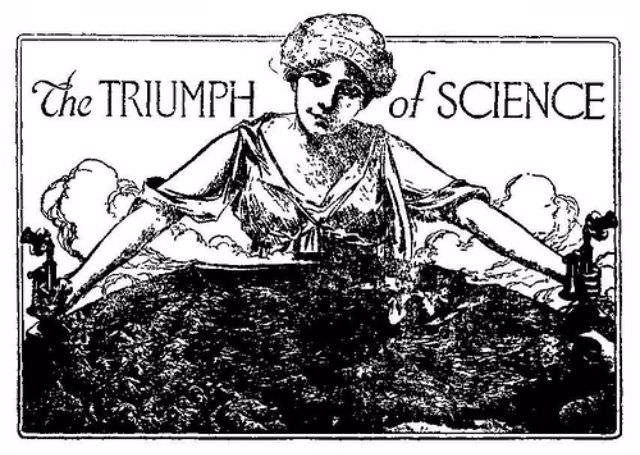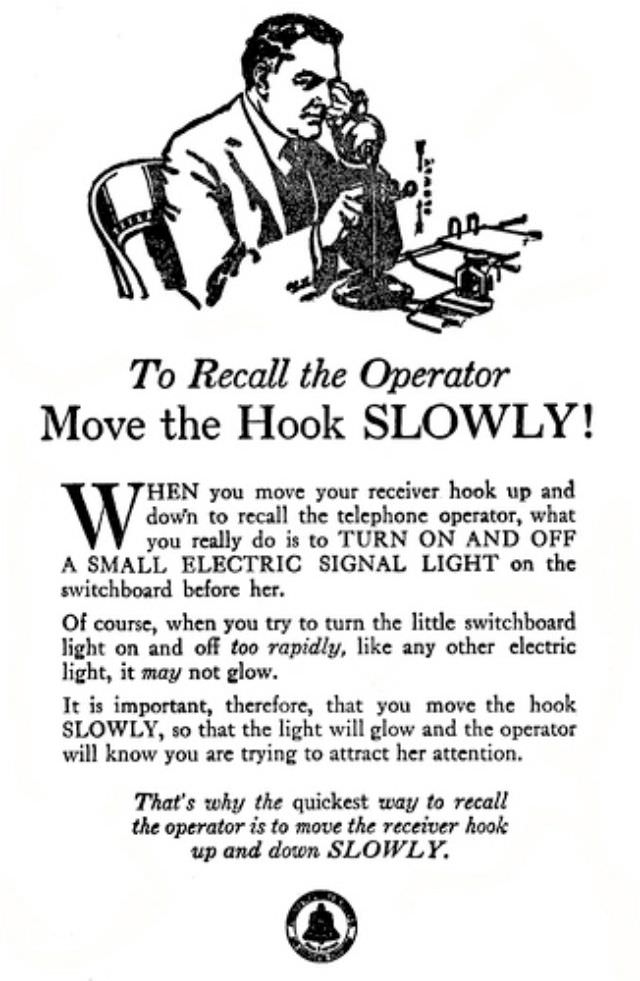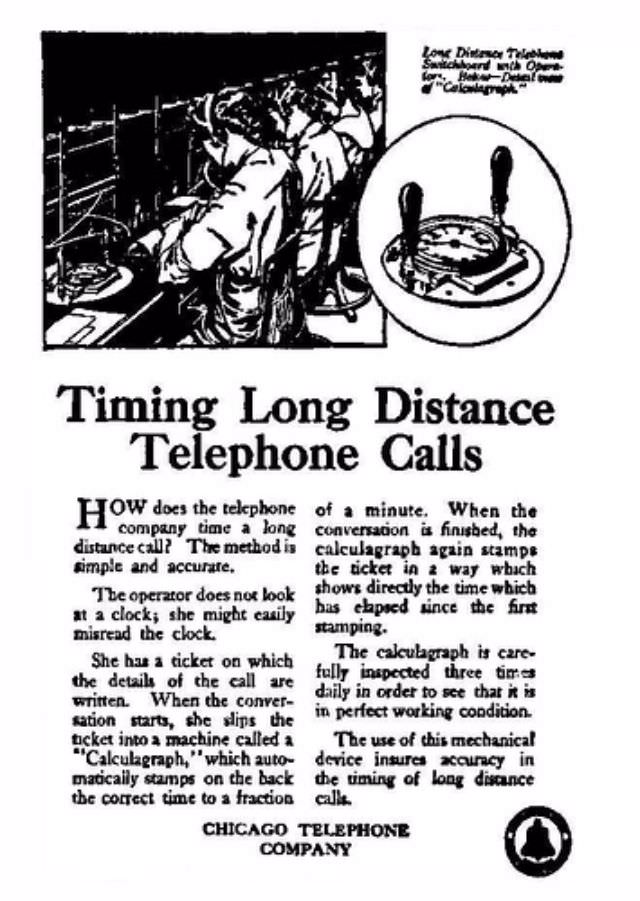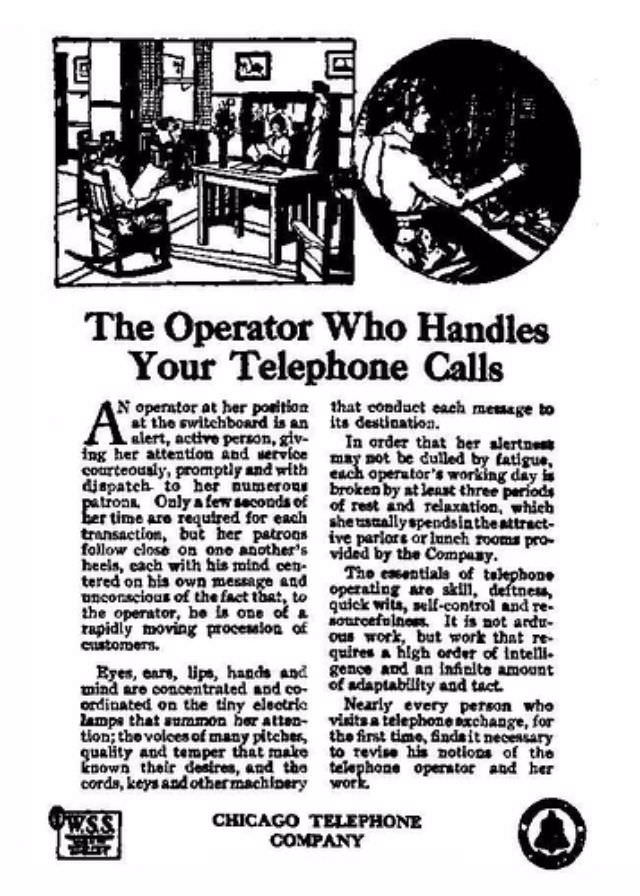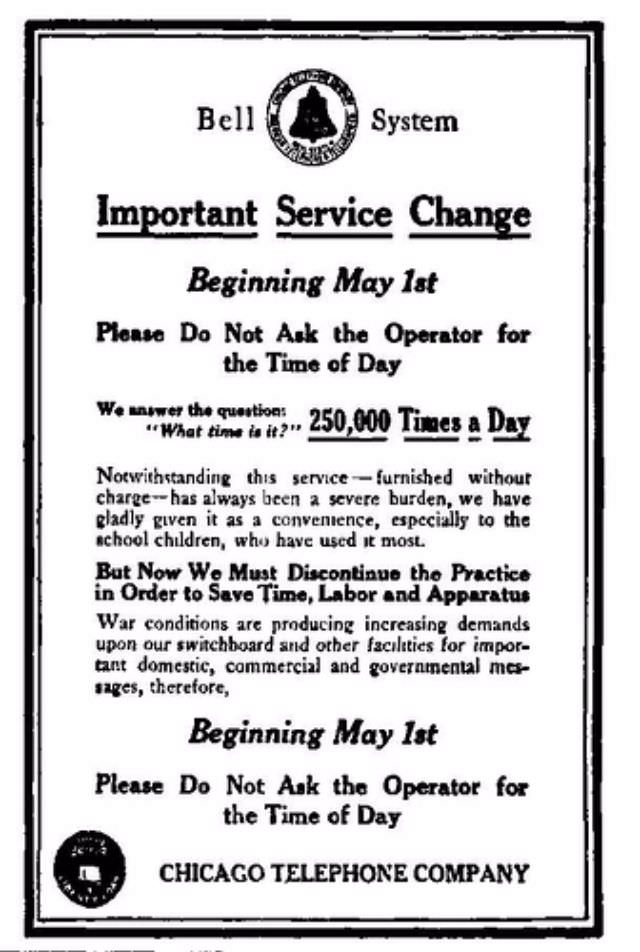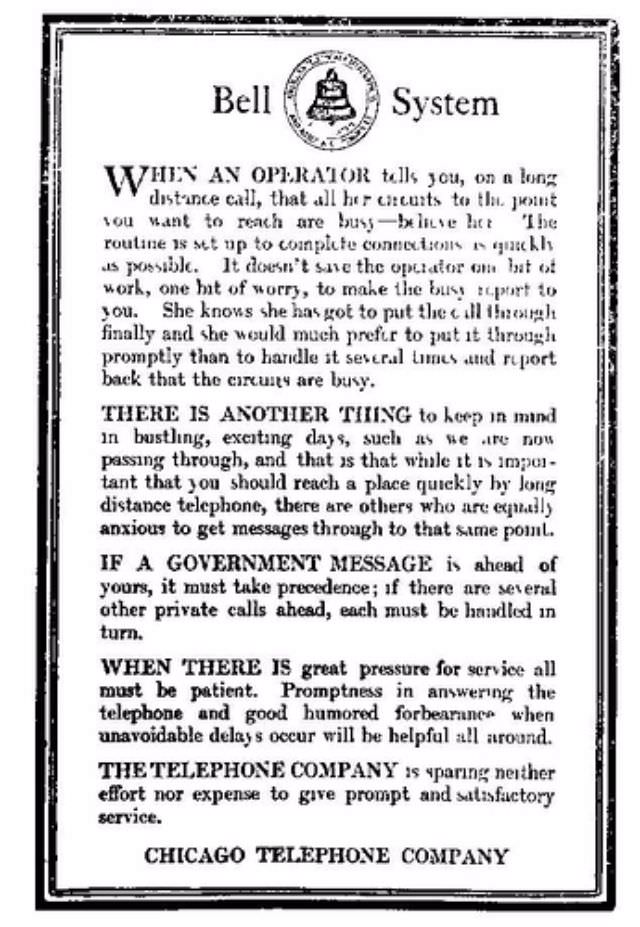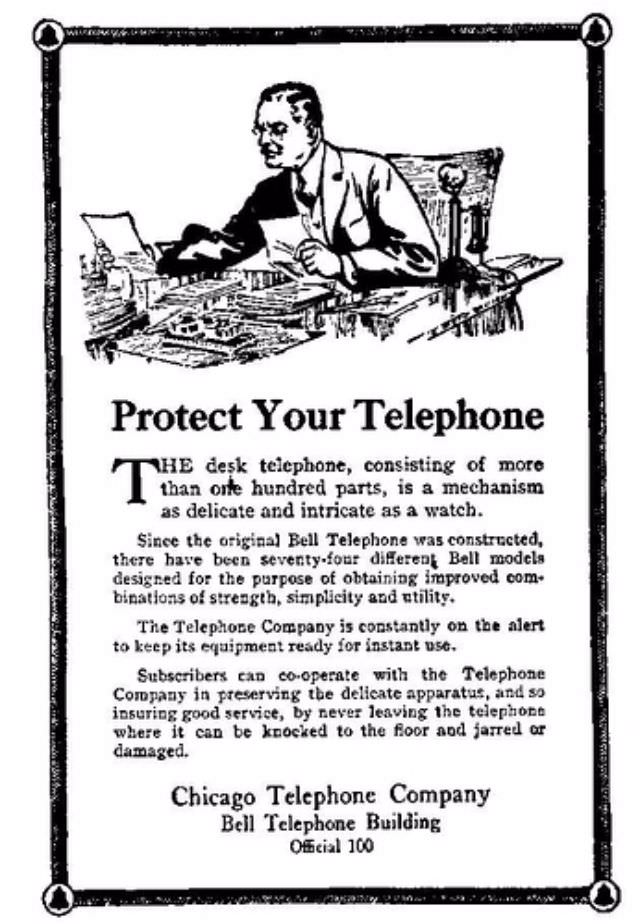The telephone, a relatively new invention in the early 20th century, wasn’t always as simple to use as it is today. People weren’t used to this new technology, and clear instructions were needed. A 1917 publication from the Chesapeake and Potomac Telephone Company called “How to Use the Telephone, 1917” provides a fascinating look at how people learned to use this “delicately adjusted instrument.”
The guide addressed common anxieties people had about using the phone. Many new users felt nervous or unsure when picking up the receiver. The guide aimed to ease these concerns by providing clear, step-by-step instructions.
One of the first things the guide emphasized was proper phone etiquette. Just like in face-to-face conversations, there were certain customs expected on the phone. These customs helped ensure clear communication and polite interactions.
The guide explained the importance of speaking clearly and distinctly. Because the technology was new, sound quality wasn’t always perfect. Speaking clearly helped ensure that the other person could understand what was being said.
Read more
Making a call involved several steps. First, the user would pick up the receiver. This action connected the phone to the telephone network. Then, they would listen for a dial tone.
The dial tone indicated that the line was active and ready to use. It was a steady humming sound. Without this tone, the user knew there was a problem with the connection.
Next, the user would use the rotary dial to dial the desired number. The rotary dial was a circular dial with numbers around the edge. Users would insert their finger into the hole for the desired number and rotate the dial clockwise until it hit a stop.
Each number had to be dialed individually. This process was slower than modern push-button or touch-screen dialing. It required patience and careful attention.
After dialing, the user would wait for the phone to ring on the other end. If the line was busy, they would hear a busy signal: a repeating sound of short beeps. If the line was free, the phone would ring at the other end.
The guide also provided instructions on how to answer a call. It recommended answering promptly and identifying oneself. This helped to establish a clear and professional tone.


